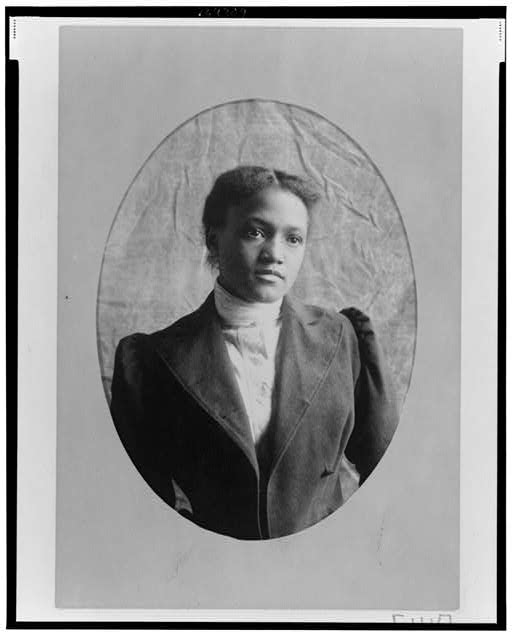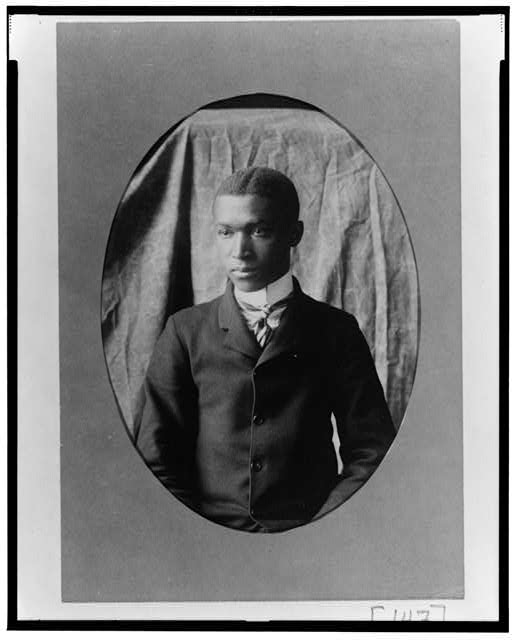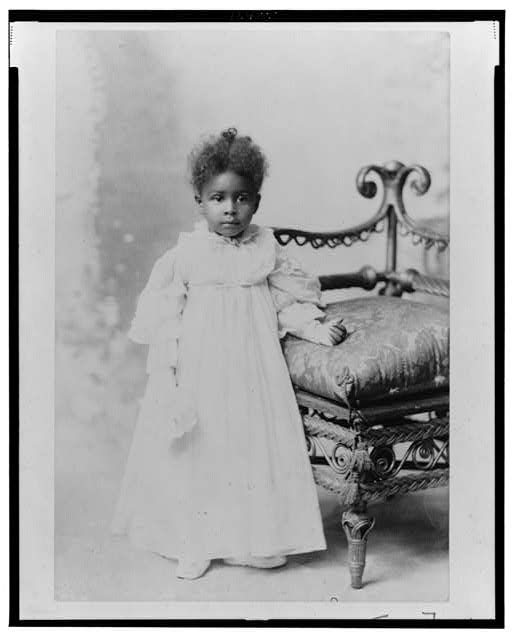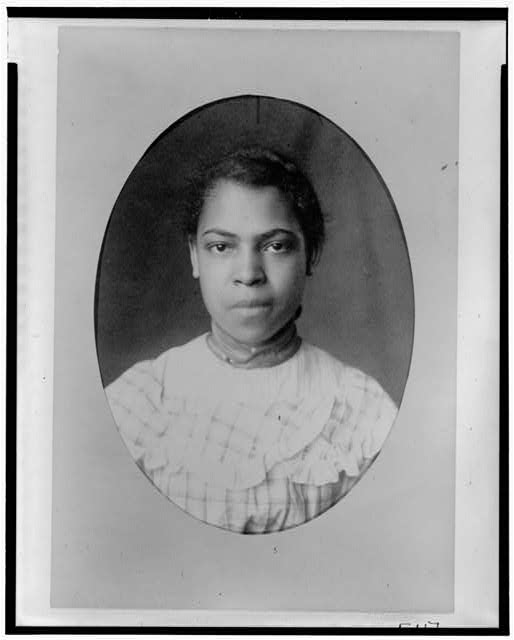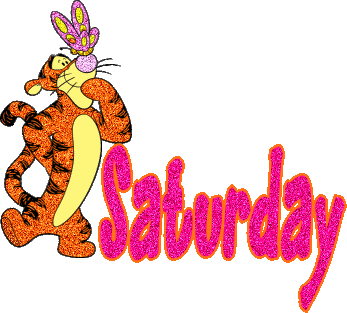
Welcome to the Weekend POU!

To conclude our week on looking at the 1900 Paris Exposition and “The Negro Exhibit” presented by W.E.B. Du Bois, we take a look at more pictures from the exhibit. You can find the entire collection at the Library of Congress.

The importance of an African American Exhibit at the 1900 World’s Fair
Aside from highlighting social advancement, the pictures used in The Negro Exhibit also demeaned the disparaging notion that African Americans were less than human. In fact, the pictures proved to a European audience that African Americans were as equally human as whites by showing African Americans participating in the same types of human experiences as whites. Not only were African Americans capable of engaging in these experiences, but they had the abilities to thrive in the same modern society as white Americans. Du Bois and Murray masterfully used pictures, literature, and patents to illustrate to the Europeans that the days where an African American did not even possess his or her own body were over; they now possessed the self-ownership and proper education to actively take part in a larger global community.
Home of R.R. Church, Memphis, TN

Home of C.C. Doodson, Knoxville, TN
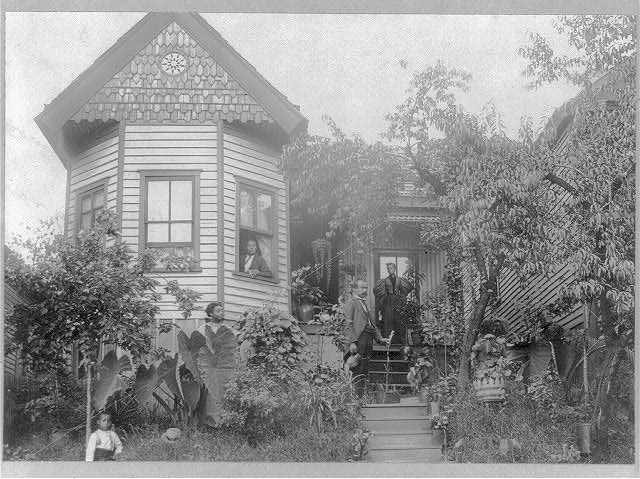
Home of Bishop Gaines, Atlanta, GA
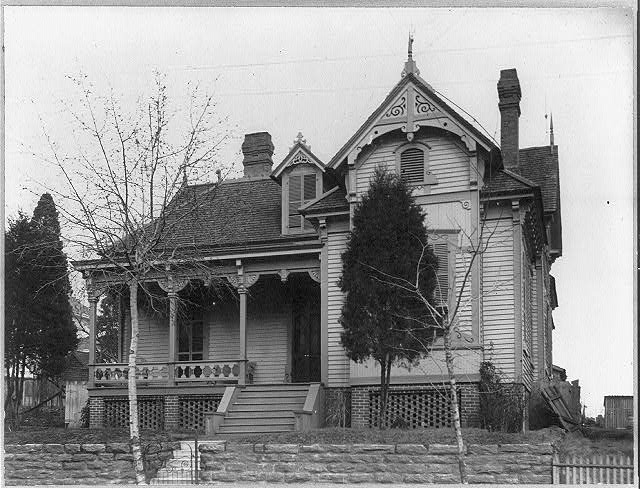
Home of Bishop Turner, Atlanta, GA
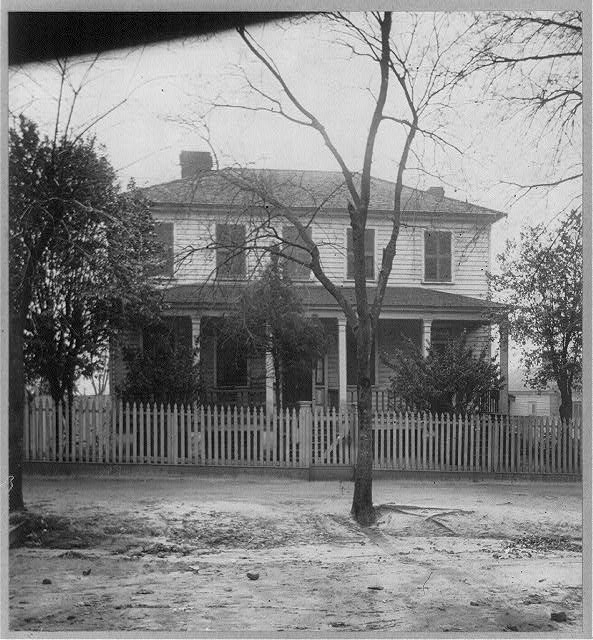
During the fair, the exhibit was practically snubbed by the other American exhibitionists, and the mainstream news outlets generally ignored it. It was even relegated to a location separate from the main United States exhibit. Though dismissed by the American exhibitionists, the Exhibition of American Negros was extremely popular amongst the patrons of the fair. Europeans gawked at the amazing images and were astonished at the oeuvre of literature displayed. Even some American patrons came away impressed. One anonymous American writer called it the “most authentic evidence of the literary output of the race” and another called it “a prophetic of what may be expected.” In sum, the project was a success. Du Bois and his team were able to take an exhibit that Du Bois referred to as “an honest straightforward exhibit of a small nation of people, picturing their life and development without apology or gloss” and use it as a tool to quicken the march toward African American equality.
Only Negro store of its kind in the U.S. at 2933 State St., Chicago, IL
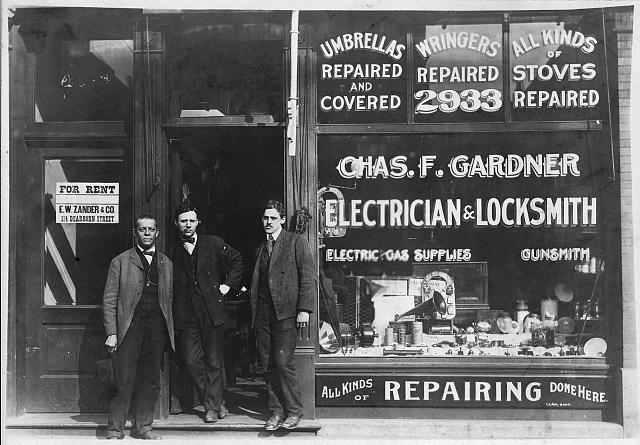
Odd Fellows Hall, Washington, DC
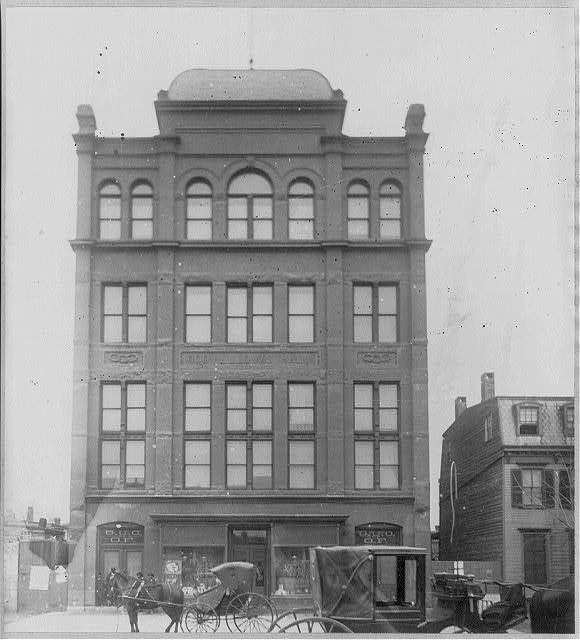
W.L. Smith, grocer in Knoxville, TN
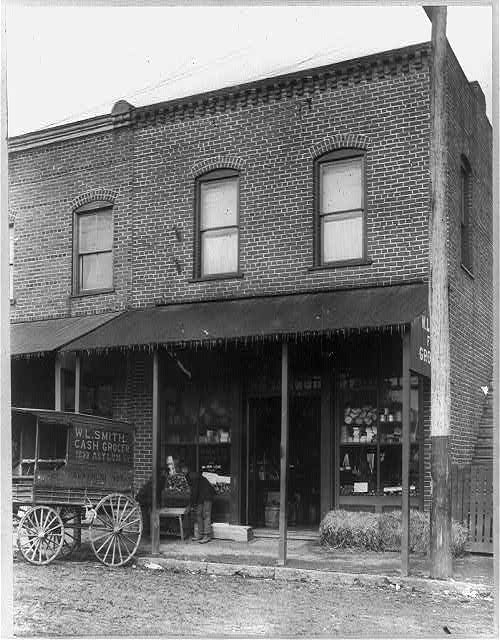
Du Bois named the exhibit of portraits “Typical Negro Faces”

